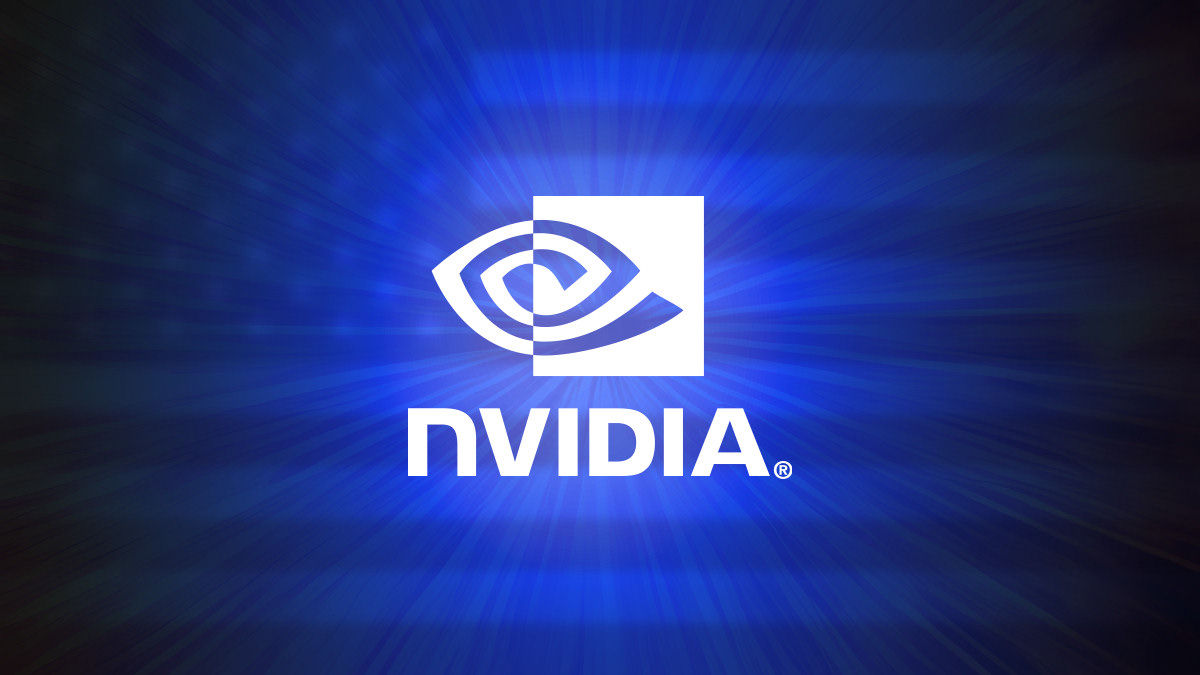Blog

Circle Launches New Payments Network to Challenge Ripple
Apr-22-2025
Circle challenges Ripple with new payments network launch.
Real-time global value transfer initiated.
Enhanced compliance offers secure transactions.
Circle has announced the launch of its payments network, aiming to compete directly with RippleNet, by facilitating real-time, compliant value transfers globally for financial institutions.
Global Real-Time Transfer
Circle announced its new payments network, designed to offer real-time transfer capabilities for trusted institutions worldwide. The network aims to streamline global transactions, reflecting Circle’s longstanding vision of integrating blockchain technology in financial services.
Strategic Collaborations
Key figures in Circle, including CEO Jeremy Allaire, emphasized the network's potential to revolutionize payment systems. Development involved major banks such as Standard Chartered and Deutsche Bank. Infrastructure support from Fireblocks plays a crucial role in this initiative.
Jeremy Allaire, CEO, Circle, - "Since our founding, Circle’s vision has been to make moving money as simple and efficient as sending an email. CPN brings that vision closer to reality by enabling real-time, compliant value transfer between trusted institutions worldwide."
Regulatory and Compliance Focus
Circle’s strategy directly targets institutions by prioritizing regulations and compliance. Experts speculate this approach might impact Ripple's dominance in cross-border settlements. CEO Jeremy Allaire's statements underscore the network's efficiency and compliance-ready framework.
Market Impact and Financial Adaptation
Circle's payments network could also influence financial sectors, providing secure, real-time, programmable financial solutions. Business adaptation may increase, as new options compete with established services, potentially impacting market shares in global payments.
RippleNet, known for leveraging XRP, might face competition as Circle attracts existing partners like Standard Chartered and Santander, creating a shift in the global payments dynamic. Market reactions are monitored closely, with financial adaptation affecting existing cryptocurrency protocols.
Regulatory Impacts and Innovation
The potential outcomes include regulatory impacts, where increased adoption might drive policy formation. Technological advancements through smart contracts and API integration may be anticipated, promising further innovation and providing data-supported growth projections for fintech ecosystems.
For more insights into potential regulatory influences, the Federal Deposit Insurance Corporation (FDIC) offers resources and updates on regulatory compliance and financial stability frameworks.
Read more

US Real Estate Embraces $1 Billion Tokenization Initiative
Apr-21-2025
US real estate sector initiates a $1 billion tokenization project using blockchain.
Enhances liquidity and accessibility in the real estate market.
Potentially transforms asset management with digital ownership.
$1 Billion Tokenization Effort Targets Asset Revolution
US real estate is advancing with a $1 billion tokenization initiative aimed at revolutionizing asset management. The project seeks to introduce digital ownership, capitalizing on blockchain's security. Increased liquidity is a fundamental goal, offering enhanced investment opportunities.
Industry leaders, along with Blocksquare, are pioneering this effort, transforming how real estate investments function. Tokenization of assets facilitates fractional ownership, offering investors diversified portfolios and potentially reshaping financial engagement.
Denis Petrovcic, CEO, Blocksquare, notes, "Vera Capital’s $1 billion roadmap signals a major turning point for real estate tokenization in the United States. They're going beyond just experimenting with blockchain—they're deploying it at scale to unlock institutional-grade real estate for a global investor base."
Blockchain Integration Anticipated to Boost Liquidity
This project is expected to have significant implications for investors, enhancing liquidity and accessibility. By leveraging blockchain, the real estate market can potentially attract a broader investor base. Market dynamics may shift, favorably impacting asset valuations and trading speeds.
The financial landscape is witnessing notable transformation, encouraging other sectors to explore blockchain integration. Business processes could experience increased efficiency, while regulatory frameworks might adapt to accommodate digital asset management.
Lessons from Past Tokenization Projects Highlight Benefits
Past tokenization projects in various sectors offer insights into the potential of blockchain technology's impact. These endeavors have demonstrated benefits such as transparency and improved accessibility. Historical examples underscore blockchain's adaptability and transformative potential across industries.
Experts suggest that this initiative could usher in significant change in investment strategies. Emphasizing enhanced liquidity and stronger regulatory compliance, future projects may likely follow. Data from similar cases show promising outcomes, bolstering confidence in blockchain’s long-term benefits for real estate.
Read more

VanEck Introduces Groundbreaking Crypto ETF
Apr-18-2025
VanEck is set to launch a groundbreaking actively managed exchange-traded fund (ETF) centered on cryptocurrency assets, following the green light from the U.S. Securities and Exchange Commission (SEC). This initiative aims to open new investment avenues in companies that are instrumental in developing the necessary infrastructure for the cryptocurrency economy.
What is the VanEck Onchain Economy ETF?
The fund, named the VanEck Onchain Economy ETF (NODE), plans to feature a diverse range of 30 to 60 stocks. Its core mission is to facilitate investment in various companies engaged in the cryptocurrency sector, thereby supporting its ongoing growth.
How Will NODE Diversify Investments?
NODE’s portfolio is designed to include a wide array of businesses, from crypto exchanges and mining operations to data centers and traditional financial institutions. About 25% of its holdings will focus on indirect investments in crypto asset trading products, ensuring a diversified approach.
The anticipated launch date is May 14. The fund will also utilize a subsidiary established in the Cayman Islands to navigate U.S. federal tax regulations, allowing it to benefit indirectly from products like futures and swaps.
With rising interest in crypto asset stocks, market analysis reveals that many investors are keen to diversify their portfolios in this arena. Financial advisors are increasingly recommending the inclusion of crypto assets in investment strategies.
The fund is set with a management fee of 0.69%, providing investors access to a range of companies across multiple sectors. This approach reflects a strategic alignment with market trends and investor interests.
The ETF aims not only to bolster businesses involved in the digital economy’s infrastructure but also to strategically diversify its stock selections. This situation underscores the importance of keeping a close watch on the evolving dynamics within the crypto sector.
Read more

NVIDIA Boosts U.S. AI Manufacturing with AI Supercomputers
Apr-17-2025
Nvidia announces plans to manufacture AI supercomputers in the U.S.
This move is expected to create new opportunities for crypto miners.
The shift aligns with a broader trend of reshoring technology production.
Nvidia's commitment includes a significant investment in U.S. infrastructure.
Crypto miners are looking to leverage advanced AI technologies for enhanced performance.
Nvidia's recent announcement to shift its AI supercomputer production to the United States has sent ripples through both the tech and cryptocurrency sectors. This strategic move is not just about bolstering domestic manufacturing; it also presents a unique opportunity for crypto miners who are eager to harness the power of advanced AI technologies.
The company’s commitment to building AI supercomputers in the U.S. comes with a hefty investment aimed at developing robust AI infrastructure. As Nvidia leads the charge in American-made chips, it is expected to create a ripple effect, fostering innovation and growth within the cryptocurrency mining community.
With the integration of AI capabilities, crypto miners can expect enhanced performance and efficiency. This is particularly crucial as the market continues to evolve, and miners seek every advantage to remain competitive. The synergy between AI technology and cryptocurrency mining could redefine operational strategies, making it an exciting time for stakeholders in both industries.
As the landscape shifts, it will be interesting to monitor how this development influences the broader market dynamics, particularly in terms of energy consumption and environmental sustainability. Nvidia's initiative could pave the way for more sustainable mining practices, aligning with the growing demand for eco-friendly solutions in the crypto space.
Read more

Bitcoin’s Stability Gains Institutional Recognition
Apr-16-2025
In recent weeks, Bitcoin has surprised many by showing unexpected stability. The cryptocurrency has maintained a price of around $83,307, exhibiting minimal fluctuations, which experts believe indicates a newfound equilibrium. This stability comes despite occasional spikes in price, suggesting that the market is beginning to mature, largely thanks to growing institutional interest.
How Are Institutions Viewing Bitcoin Today?
An increasing number of corporations, institutions, and even some government bodies are reframing Bitcoin as a vital strategic reserve. This shift reflects a broader perspective where Bitcoin is no longer regarded merely as a speculative investment but is being recognized for its potential to retain value over time. Matt Hougan, Chief Investment Officer of Bitwise, notes that Bitcoin’s behavior has started to align more closely with traditional stocks.
What Is Driving Bitcoin’s Price Stability?
While Bitcoin did experience some dips below $75,000 in April, the overall price trends have been more stable than in previous months. Even amidst broader market fluctuations caused by factors like U.S.-China trade tensions, Bitcoin’s relative calm has been encouraging for investors. Experts surmise that this consistent trend might indicate Bitcoin’s increasing acceptance as a favorable asset during periods of low risk tolerance.
Hougan remarked that Bitcoin’s recent ability to remain above the $80,000 mark demonstrates its newfound strength and resilience. Unlike in the past, Bitcoin is now showcasing a more robust profile, offering a stark contrast to previous periods of steep losses during market sell-offs.
The current stability in Bitcoin prices is encouraging a shift in investment strategies. Previously dominated by short-term trading due to volatility, there is now a noticeable movement towards long-term holdings. Investors are beginning to regard Bitcoin as a hedge against economic instability, much like gold.
The price has stabilized around $83,307 with minimal fluctuations.
Institutional interest is reframing Bitcoin as a strategic reserve.
Market behavior is aligning more closely with traditional stock movements.
Long-term investment strategies are becoming more prevalent among investors.
As Bitcoin continues to mature, it is increasingly seen not just as a technological advancement but as an integral asset within the global economy. Its resilience and stability, despite occasional price swings, position it as a viable alternative investment, bolstered by the mounting interest from institutional players.
Read more






